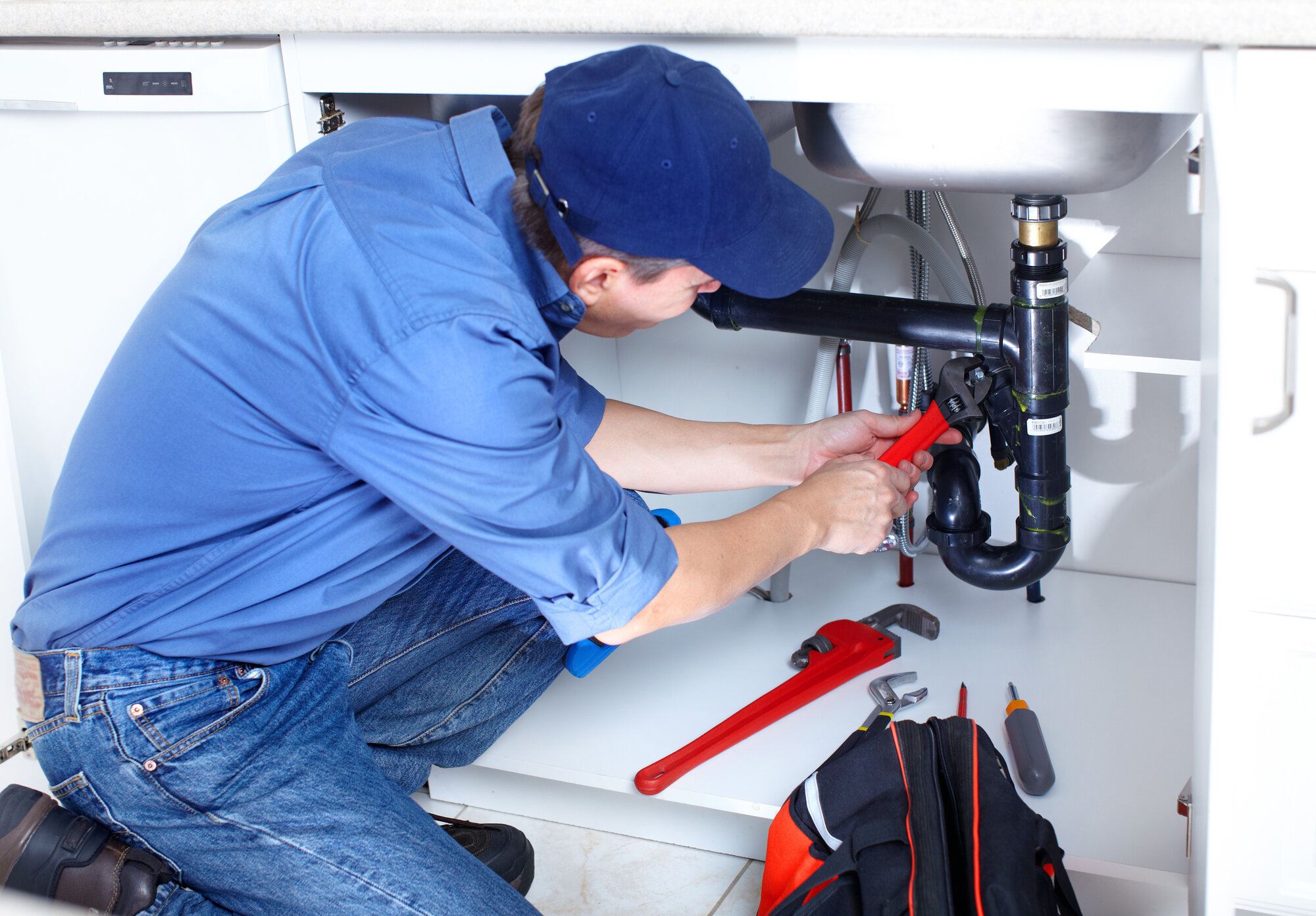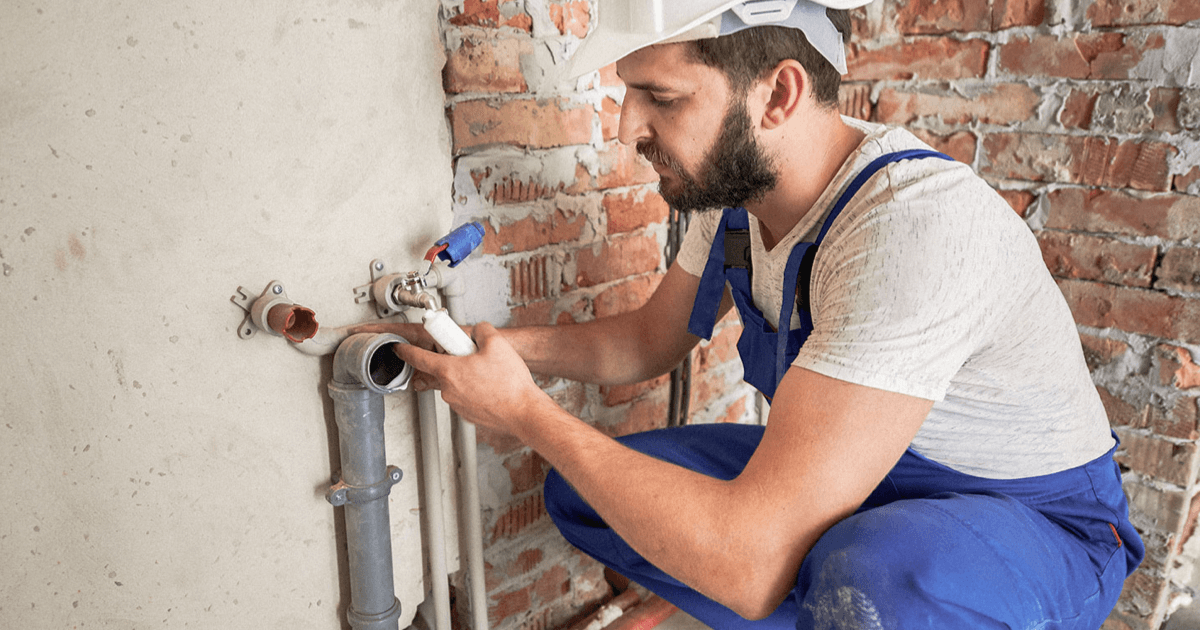A Step-by-Step Overview to Reliable Hot Water Heater Setup for Ideal Performance
Beginning on the job of setting up a water heating system is a venture that requires accuracy and a methodical strategy for achieving ideal efficiency. As you proceed, the ins and outs of attaching water supply lines and setting up dependable electrical or gas connections wait for, encouraging insights into making sure performance and reliability.
Selecting the Right Hot Water Heater

Following, consider the size and capability of the water heating system. It's important to analyze your home's warm water demands, which can differ based upon the number of passengers and their use patterns. A device that's also small might lead to inadequate warm water, while an extra-large version could cause unneeded power consumption.
Efficiency ratings likewise play a crucial duty in option. Seek hot water heater with high Energy Factor (EF) ratings, indicating exceptional performance and decreased power usage. Tankless designs, though usually a lot more costly in advance, offer substantial energy savings over time due to their on-demand home heating capabilities.
Preparing the Installment Area
Prior to mounting a brand-new water heating system, thorough preparation of the setup area is important. This guarantees a smooth installation procedure and assists avoid future problems (Plumbing Services Alabaster AL). Begin by picking an appropriate area that abides by regional building ordinance and safety and security requirements. The area needs to be completely dry, well-ventilated, and available for upkeep. It's vital to determine the space carefully to suit the water heating unit's measurements, making sure adequate clearance around the device for effective procedure and servicing.
Examine the flooring for security, as the water heating unit will certainly require a solid, level surface to operate effectively. If required, mount a drip frying pan under the device to capture prospective leaks or spills, avoiding water damage to the surrounding area.
Additionally, ensure that all essential devices and materials get on hand prior to starting the setup. This includes items such as wrenches, screwdrivers, a level, and any kind of added equipment required for installing and safeguarding the heating system. A well-prepared installation location establishes the foundation for a successful water heating system configuration, enhancing efficiency and safety.
Connecting Water Supply Lines
When attaching water system lines to your recently installed water heating system, it is important to guarantee that all connections are safe and secure and leak-free to preserve efficient procedure and avoid water damage. Begin by recognizing the cold and warm water system lines. The cold water inlet is typically noted with a Visit Your URL blue label or that site a "C", while the hot water electrical outlet is marked with a red tag or an "H".
Use versatile water heating unit adapters to facilitate a much easier installment procedure. Before connecting the ports, position a plumber's tape around the threaded ends of the water heating unit's inlet and outlet pipelines.
As soon as links remain in area, gradually switch on the primary water shutoff. Evaluate each link for leaks by visually checking and feeling for moisture. Tighten connections as essential, and make certain the pressure alleviation shutoff is appropriately mounted, protecting against excessive pressure build-up.
Setting Up Electrical or Gas Links
Properly setting up the electric or gas links for your hot water heater is a crucial step to ensure reliable and secure procedure. For electric hot water heater, begin by validating that the electric circuit is suitable with the heating unit's voltage and amperage demands. Guarantee the power supply is transformed off at the breaker learn this here now to stop mishaps. Connect the electric cables to the heating unit following the supplier's circuitry representation. Generally, this entails connecting the ground wire to the environment-friendly terminal, and the continuing to be cables to their corresponding terminals, safeguarding each with cable nuts.
For gas water heating units, safety and security is extremely important. Link the gas line to the water heating system using a versatile gas adapter, ensuring it is correctly threaded and secured with pipeline joint compound or Teflon tape suitable for gas links.
As soon as connections are made, inspect for any type of potential leaks. For gas lines, use a soapy water remedy to the joints; bubbles indicate a leak. For electric links, double-check that all wiring is safe and appropriately shielded, maintaining compliance with regional electrical codes.
Examining and Readjusting for Efficiency
With the electrical and gas connections safely in location, the following action is evaluating the operational efficiency of your hot water heater. Begin by thoroughly activating the water system and making sure there are no leakages at any one of the joints or shutoffs. Once verified, continue to fill up the storage tank, paying interest to the pressure and temperature settings. It is advisable to establish the thermostat to an advised temperature level of around 120 ° F(49 ° C) to stabilize energy efficiency and comfort.
Following, carry out a complete assessment to guarantee the burner or gas heaters are functioning correctly. For electrical heating units, utilize a multimeter to verify if the components are drawing the appropriate existing. In gas designs, observe the burner fire; it ought to be constant and blue, suggesting efficient burning.
Readjust the setups as needed to eliminate inadequacies. Think about implementing insulation procedures, such as adding a water heating system blanket, to better improve efficiency by reducing warmth loss. Furthermore, check the anode pole's condition, as a tatty rod can lower efficiency and bring about tank deterioration.
Conclusion
Effective hot water heater setup is essential for making certain ideal efficiency and power cost savings. By picking the appropriate type and dimension, and meticulously preparing the installment location, a structure for success is developed. Securely linking water supply lines and thoroughly establishing electric or gas connections reduce possible concerns. Comprehensive screening for leakages and specific thermostat adjustments to 120 ° F improve integrity and efficiency. Following these steps promotes lasting capability and power conservation in domestic water furnace.

Effectively establishing up the electrical or gas links for your water heating system is a critical action to make sure risk-free and reliable procedure. For electrical water heaters, begin by validating that the electrical circuit is compatible with the heater's voltage and amperage requirements. Connect the gas line to the water heater using a flexible gas connector, ensuring it is properly threaded and sealed with pipe joint substance or Teflon tape ideal for gas links.